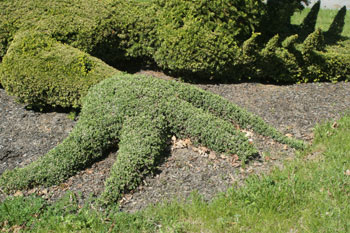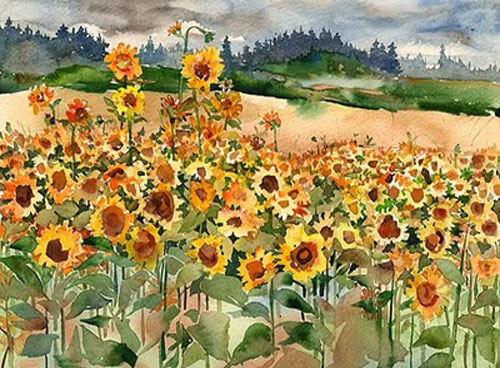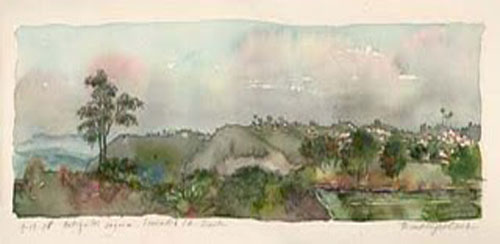 I recently enjoyed a summer evening dining in a friend's garden. I loved the way the moon cast a spotlight of shadows, capturing a mood with white flowers and shimmery plants -- shining amongst the greenery. Nightfall ushered in entirely new and intoxicating sights and fragrances. Some flowers were shut tight sleeping, while others opened in full bloom. There's something mystical and romantic about walking through a garden on a summer evening.
I recently enjoyed a summer evening dining in a friend's garden. I loved the way the moon cast a spotlight of shadows, capturing a mood with white flowers and shimmery plants -- shining amongst the greenery. Nightfall ushered in entirely new and intoxicating sights and fragrances. Some flowers were shut tight sleeping, while others opened in full bloom. There's something mystical and romantic about walking through a garden on a summer evening.
What is a night garden?
A night garden incorporates plantings whose color, texture, sound, and scent can be appreciated in the evening. Sometimes night gardens are called “Moon Gardens.”

Are night gardens new?
According to this article, night gardens have been around for a long time:
“A night garden is not new to the contemporary world. Moonlight gardens were planted in medieval Japan using white or pale-colored rocks and sand. Pools of water caught the shine of the moon and white chrysanthemums cast a ghostly profile. In the 1600s India’s mogul emperor planted a stunning night blooming garden using fragrant and beautiful flowers like jasmine, narcissus, and lilies all in white.”

What to plant in a night garden?
DoItYourself lists night bloomers and aromatic plants to set your garden aglow.
Photos: Garden Guides, Planting Seeds and Miss Wallflower









